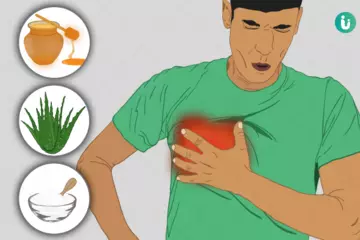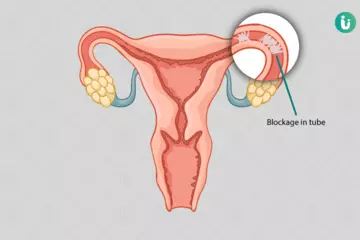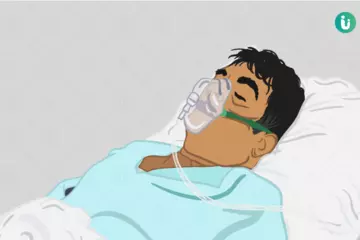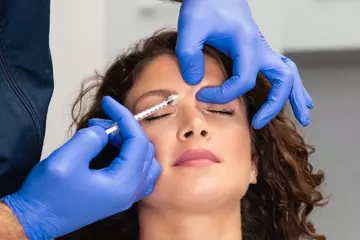Summary
Although having a high blood pressure or hypertension is a common health problem, but even a drop in the blood pressure levels (also known as hypotension) can sometimes cause problems with your health. Blood pressure is the pressure that the blood exerts on the walls of blood vessels (arteries) during the contraction (systole) and relaxation (diastole) of the heart. Blood pressure readings are indicated using two numbers, and the normal values are represented as 120/80 mm of Hg. If the pressure readings are 90/60 mm of Hg or below that, it is considered low blood pressure. Low blood pressure may be common for some people and can be unnoticed, while as others may experience symptoms, such as dizziness, fainting (syncope), or light-headedness. Usually, a drop in the blood pressure level can be due to an injury, loss of blood, loss of fluids, or certain medications. If symptoms of low blood pressure are severe, it is better to see a doctor for a thorough evaluation and treatment of the underlying cause The treatment of low blood pressure is mainly increasing intake of salt and sugar solution or fluids. If there is an underlying problem that is causing low blood pressure, treating the underlying cause usually brings the blood pressure back to normal.

 Doctors for Low Blood Pressure (Hypotension)
Doctors for Low Blood Pressure (Hypotension)  OTC Medicines for Low Blood Pressure (Hypotension)
OTC Medicines for Low Blood Pressure (Hypotension)
 Lab tests for Low Blood Pressure (Hypotension)
Lab tests for Low Blood Pressure (Hypotension) Low Blood Pressure (Hypotension) articles
Low Blood Pressure (Hypotension) articles

 Ayurvedic Treatment of Low Blood Pressure (Hypotension)
Ayurvedic Treatment of Low Blood Pressure (Hypotension)
 Homeopathic Treatment of Low Blood Pressure (Hypotension)
Homeopathic Treatment of Low Blood Pressure (Hypotension)

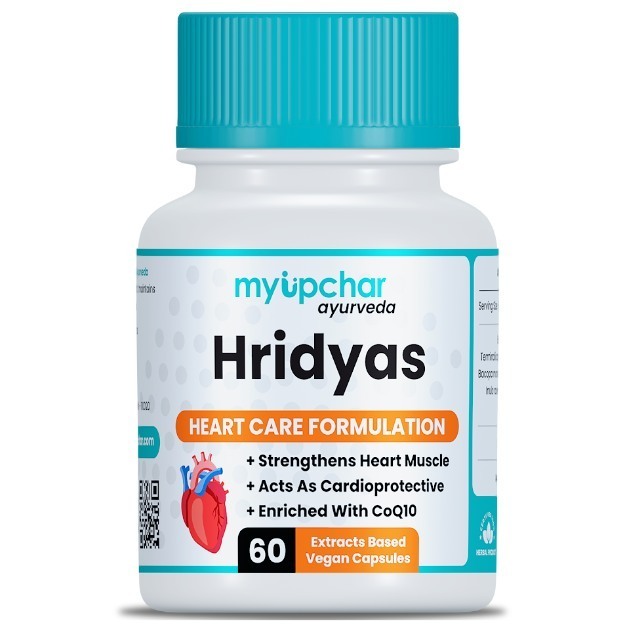


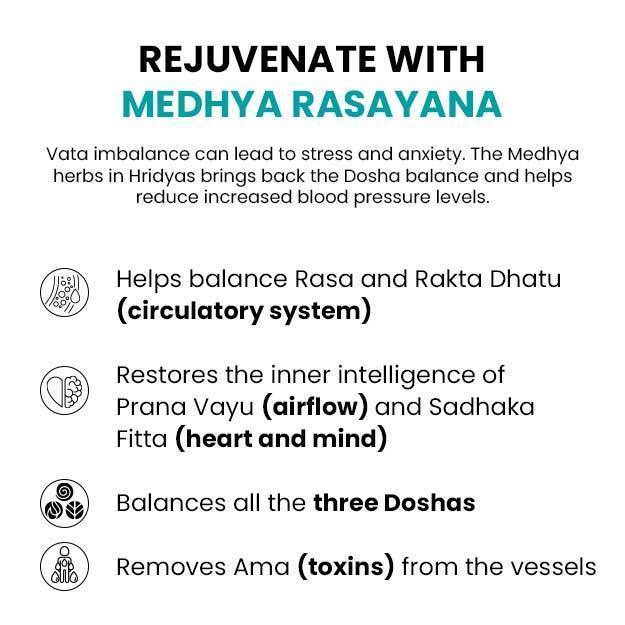
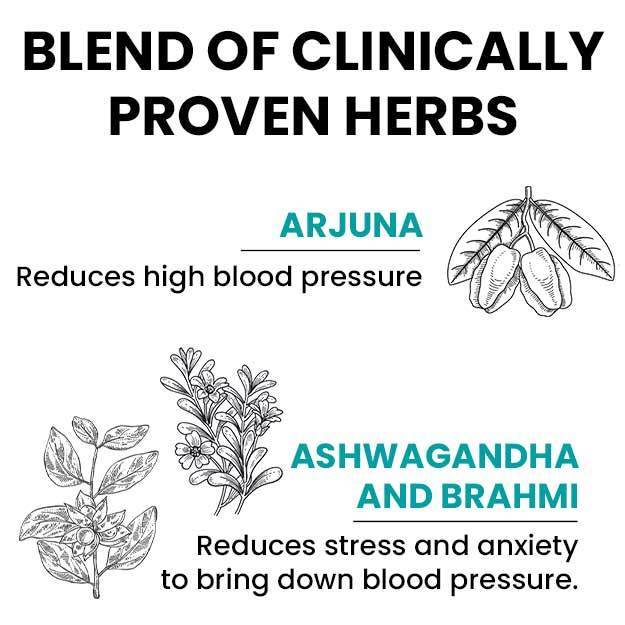
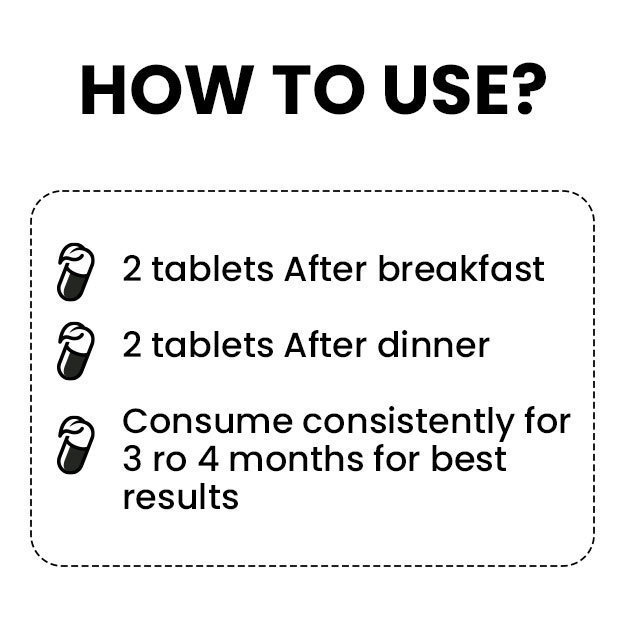
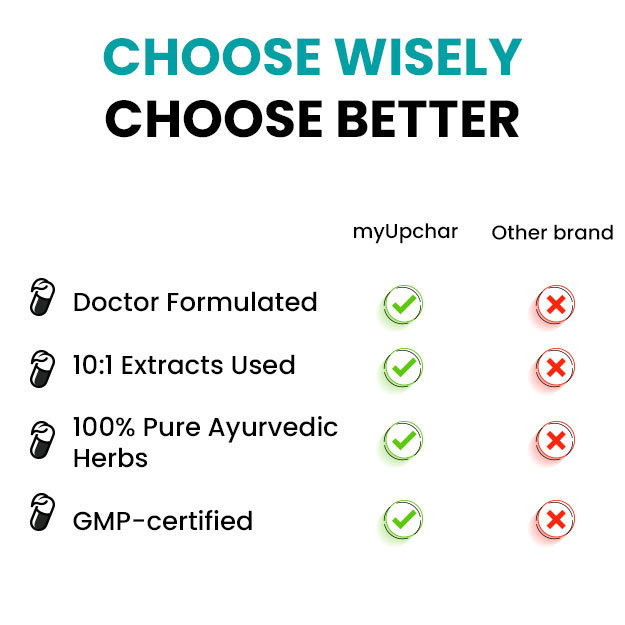
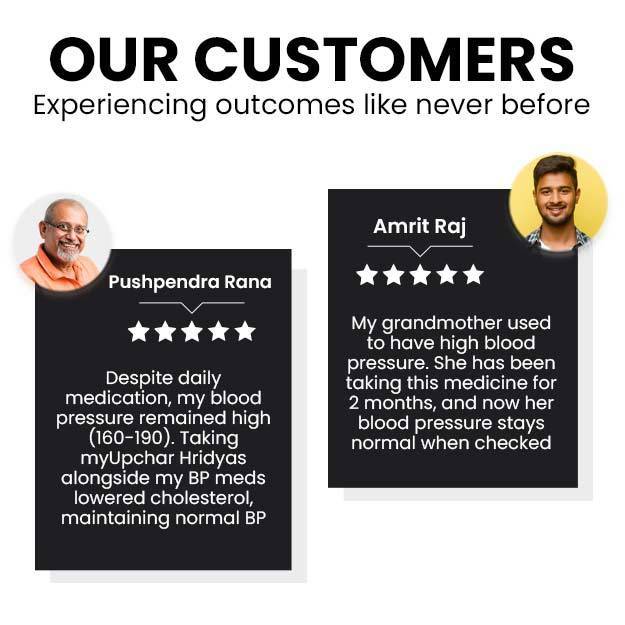
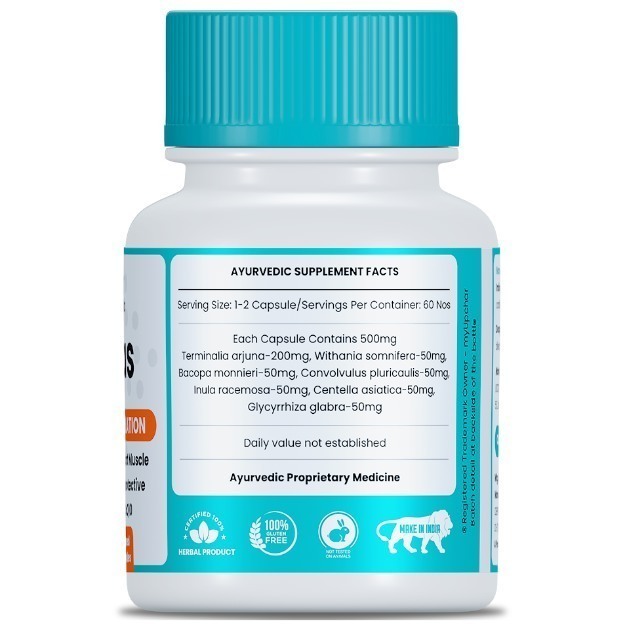
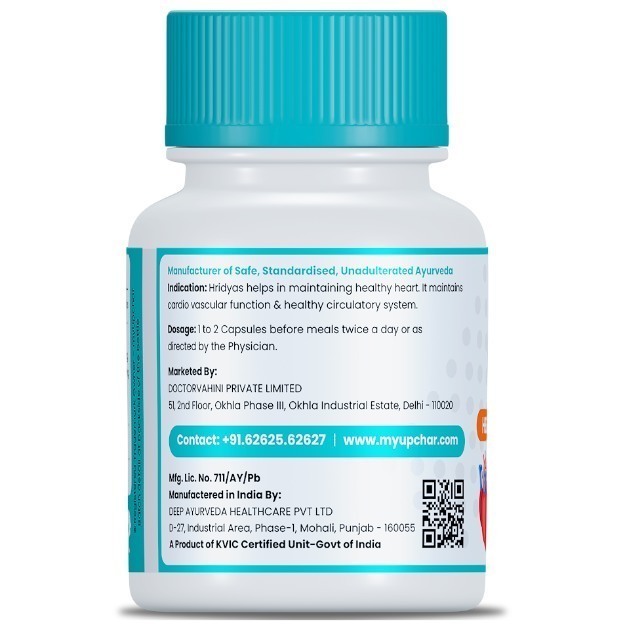






 Editorial Team
Editorial Team

 Dr. Rachita Narsaria
Dr. Rachita Narsaria
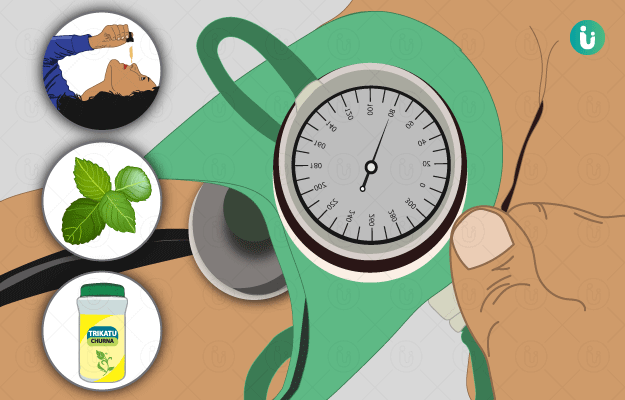
 Dr. Laxmidutta Shukla
Dr. Laxmidutta Shukla


